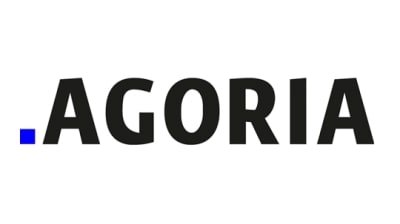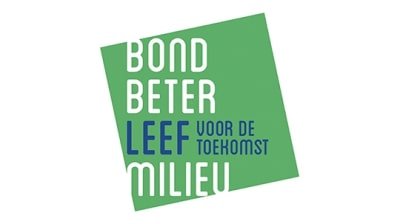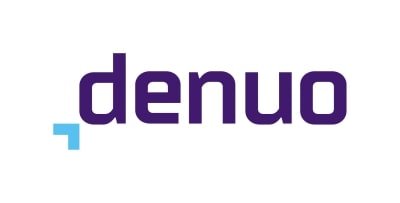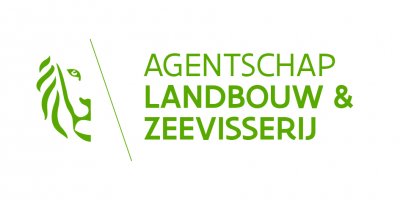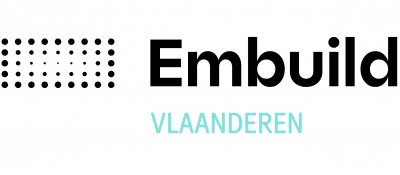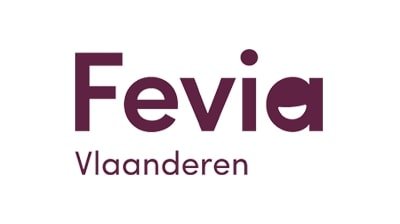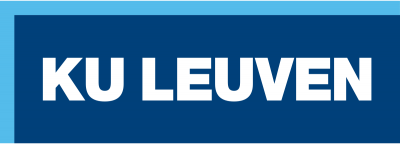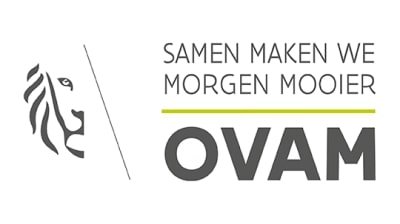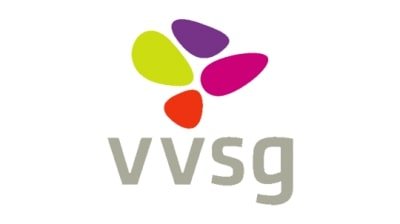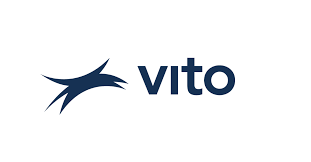Topics
We organise our actions in six thematic & strategic agendas:
Strategic Agendas:
Bio-economy
Circular Construction
Chemicals/Plastics
Manufacturing Industry
Food Chain
Water Cycles
Seven leverages provide additional support:
Leverage effects:
Lever Policy Instruments
Lever Circular Procurement
Lever Communication
Lever Innovation & Entrepreneurship
Lever Financing
Lever Jobs & Skills
Lever Research
What, why and how?
Why are we pursuing a circular economy?
Future visions 2050
How do we see our circular future?
About our management
Who steers what at Flanders Circular?
Indaver
Transforming End-of-Life Plastics into Industry-Ready Chemicals
In 2022, Indaver started building a new installation in Willebroek for recycling end-of-life plastics into valuable basic chemicals for industry. In the meantime, the pre-treatment installation is operating and the first products are now being made. The Indaver team is working on improving quality and increasing production. The pre-treatment plant is expected to be running at full speed in September.
Plastic is known as one of the biggest polluters of our planet. That is why more and more initiatives are looking for ways to reuse or recycle plastic in a different way after all. With its new facility, Indaver also wants to process plastic streams that do not qualify for other forms of recycling. These come from household packaging waste and other plastic fractions from households or industry, both from Belgium and abroad.
The Plastics2Chemicals plant will recycle about 26 000 tonnes of plastics in the first few years and will scale up to about 65 000 tonnes a year afterwards. This makes it the largest fully-industrial plant in Europe and will enable it to provide high-quality recycling of half of Europe's household waste polystyrene packaging. At the same time, the site will employ about 50 people.
The recycling process works as follows: during a thermochemical process, the longer carbon chains in the plastic are reduced or depolymerised. The substances released in the process have equivalent specifications to materials extracted from fossil streams. They can even serve for the food industry.
The recycling of plastic particles contributes to the transition to a circular economy. At the same time, the plant will save around 90 000 tonnes of CO2 annually. From 2027, this will even increase to 227 500 tonnes. Indaver can count on the Flemish government for financial support.
Indaver
Sectors
Themes

